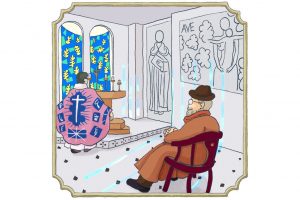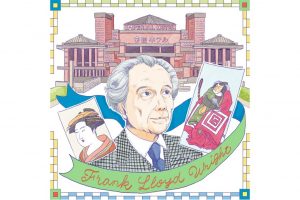Delicate music that pleasingly communicates
In the former half of 19th century Italy, the most popular form of opera was the bel canto, which involved heroic characters and incredibly beautiful women who beautifully and evenly vocalized the wrange of low to high notes. In the second half of 19th century, however, another style called verismo opera came into being. It employs dramatic singing to explicitly convey on stage the stories of love and death of ordinary people. While Puccini’s work would be identified as being in the latter category, his delicate and elegant music softens the shocking storyline, making it more palatable for the audience.
Giacomo Puccini
Examining artists
No.022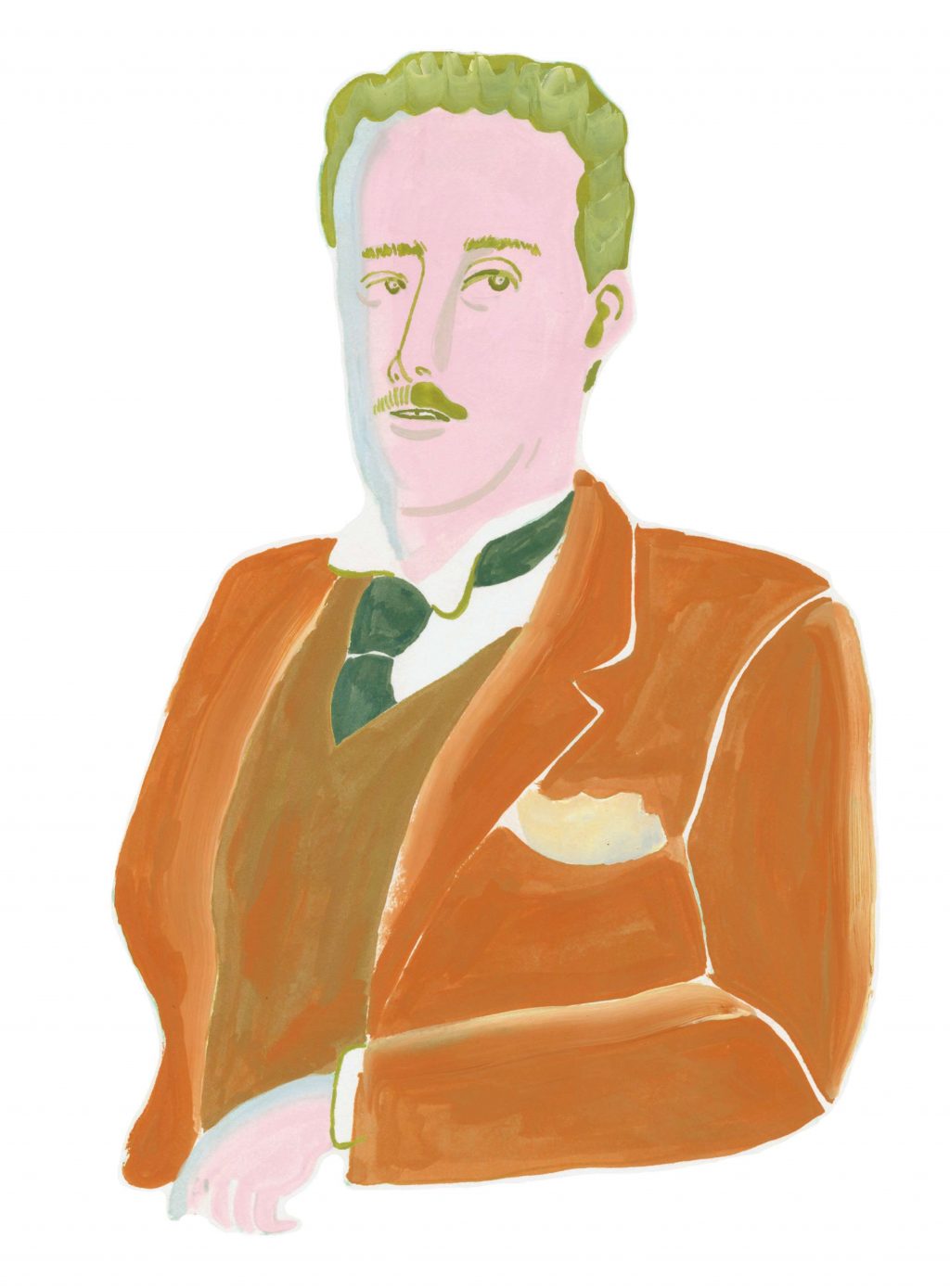
Giacomo Puccini was one of the most prominent composers of Italian opera active in the late 19th century through early 20th century. His depictions of ill-fated heroines through sweet, enchanting melodies have to this day continued to captivate opera fans around the world. In this section, we look at the fascinating aspects of Puccini who brought many enduring masterpieces into the world.
Illustration: Sora Toyoshima
Giacomo Puccini (1858-1924)
Puccini was born in ancient Italian city Lucca into a family that produced generations of religious musicians serving as church conductors. Puccini became a church organist at age 14 and was hoped to become a religious musician. In 1876, however, he was so moved by Verdi’s Aida performed in Pisa, that we resolved to become an opera composer. La Bohème, Tosca, Madame Butterfly, and Turandot are popular works by him and are performed frequently.
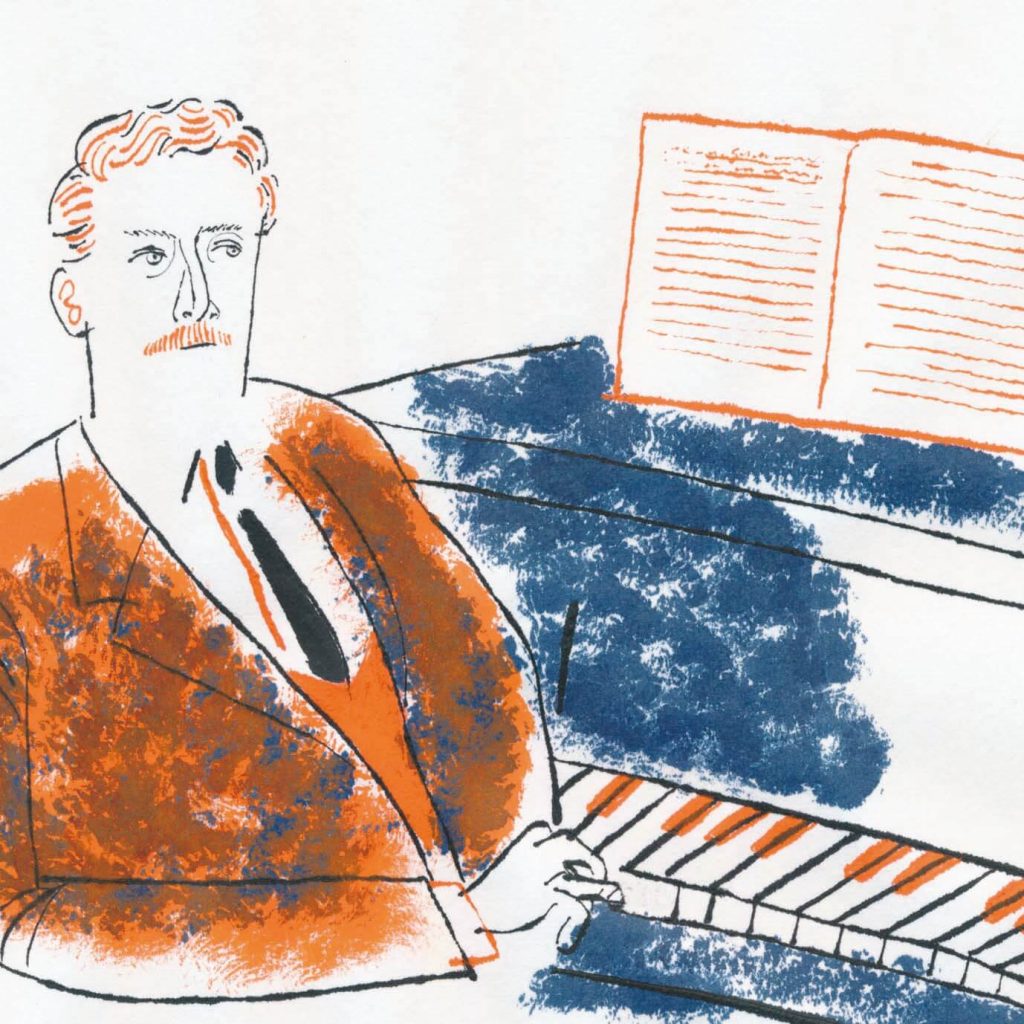
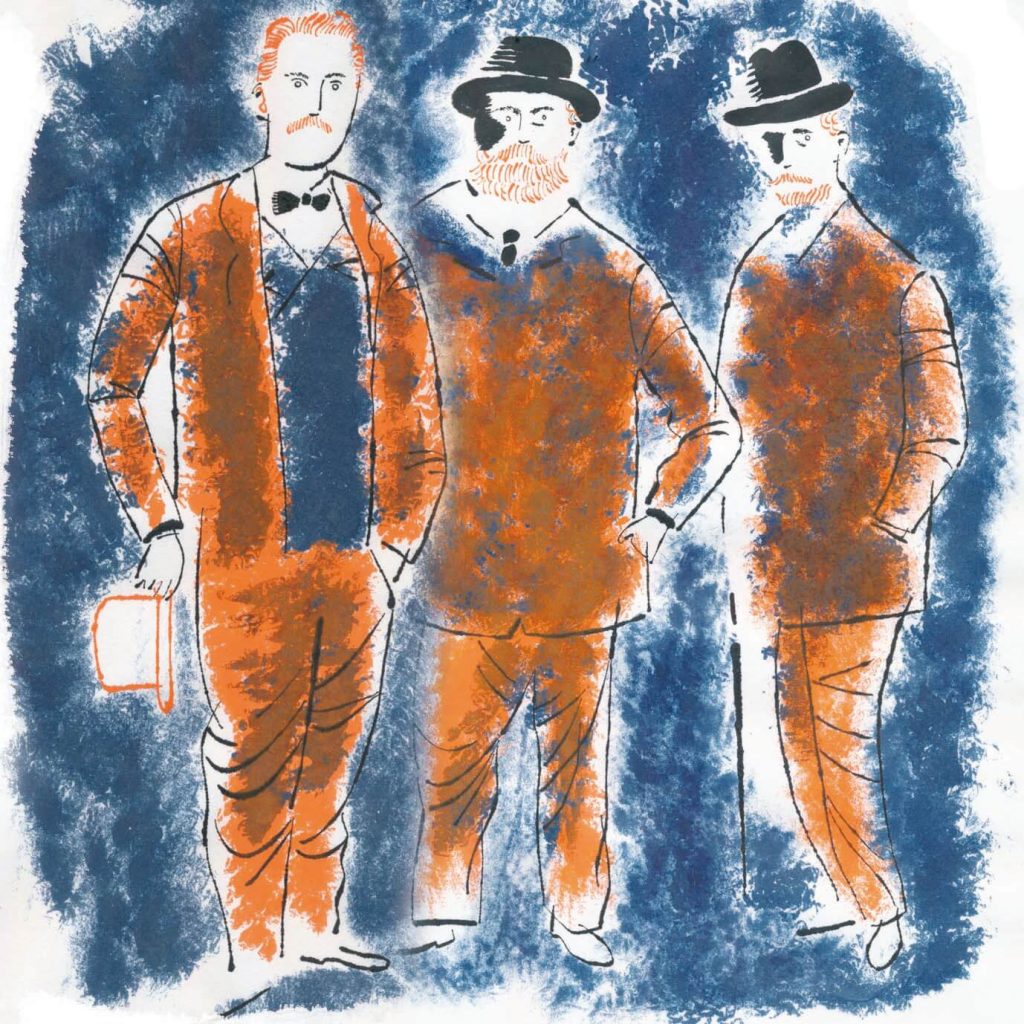
Remained unbending for the sake of his work
When creating his opera pieces, Puccini placed particular importance on the script. As such, he constantly made detailed demands on the playwrights, often resulting in clashes. Despite such challenges, scriptwriters who collaborated on many of the masterpieces with Puccini were Giuseppe Giacosa, a highly respected playwright in the literary world, and Luigi Illica, who was recognized for his provinciality and attention to historical details. Puccini and these two cultured writers capable of working with various stage settings, known together as the “golden trio,” enjoyed a long-lasting relationship.
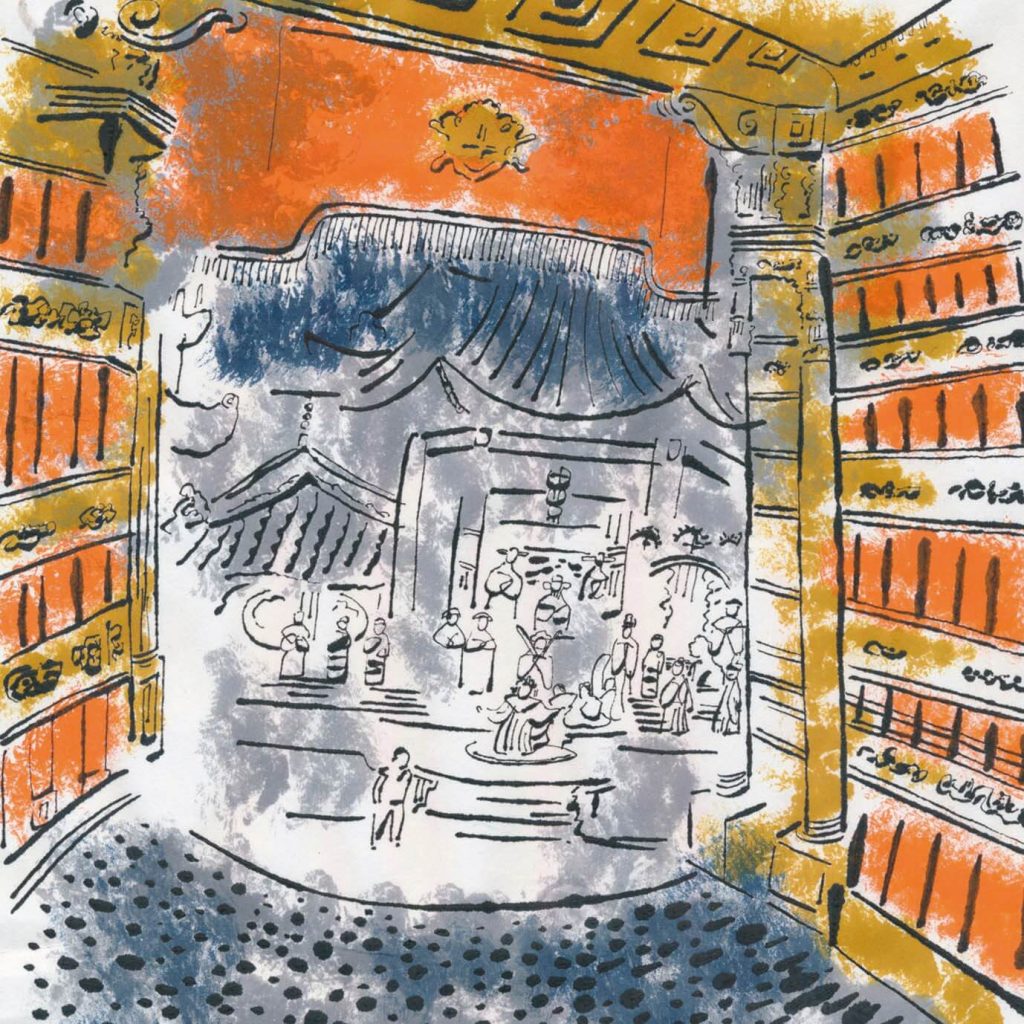
The grand love drama that became his posthumous work
Turandot is a story about a princess in ancient Beijing who receives the affection of Prince Calaf of another country and awakens to the meaning of true love. While creating this piece, in 1924, Puccini died of throat cancer. The unfinished final scene was augmented by opera composer Franco Alfano. The piece was first performed in 1926 at La Scala in Milano, and when the performance arrived at the point where Puccini’s work ended, the conductor laid down his baton, stating, “Maestro Puccini stopped his composition at this point and passed away,” and ended the show.
As the interpretation of Turandot varies depending on the augmenting composers and / or performers, we suggest that you compare different performances.
Cooperation: Hideaki Mogami (Professor, Center for Educational Development and Support, Kagawa University)
Text: Yasuna Asano
Sora Toyoshima
Illustrator. Born 1980 in Ibaraki Prefecture. Graduated from PALETTE CLUB SCHOOL.
Works with both Japanese and overseas clients, mainly in areas of magazine, advertisement, websites, and apparels
http://soratoyoshima.net



